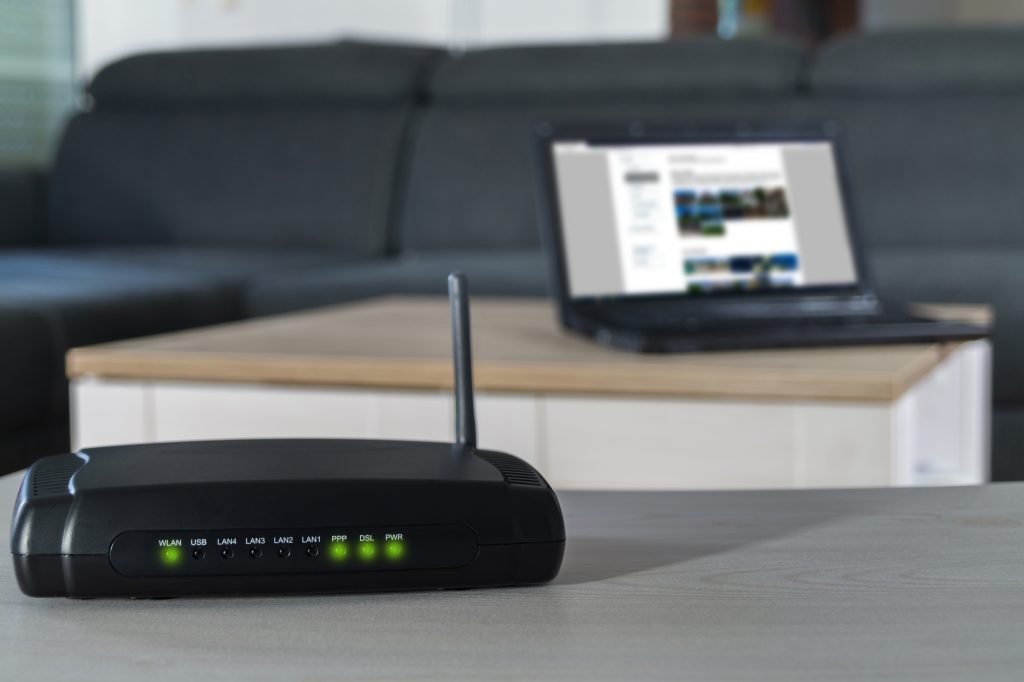People working from home are more than three times more likely to have malware than people working from office networks, according to new research.
Want to keep those cyber attackers out?
Here are the top four basic things you need to do with your home router to fend off digital enemies — especially now that you may be working from home.
Watch here:
Meet Your Router
You may have a very distant relationship with your router.
When it’s not working, you turn it off and back on again.
Time to move in a little closer so you can protect yourself better.
Why? Attackers can break into your router to spy and steal passwords, account numbers, money and crucial data.
They can take control of your email or devices and use them to rip off other people and attack other places — like hospitals and websites trying to help during the pandemic.
Accessing Your Router
You can get to your router settings by going to the Internet on a computer or device at home.
Type in your router’s IP address or Internet protocol address.
It’s often 192.168.1.1 or 10.0.0.1.
If it’s not one of those, look up your brand of router’s IP address on the Internet.

#1 – Change your Defaults
Once you’re in, change the default username and password that came on the device when you bought it.
The default credentials are often something like:
Username: Admin
Password: Admin
If you want to know your router’s default username and password, you can look them up online. So can attackers, who will then use them to log into your router and take over.
Don’t let them do it! Change to the default password to a long password — like four or five words strung together — and store that in a password manager.
#2 – Lock your Wi-Fi
While you’re accessing your router, change your Wi-Fi password to a long one as well, so people can’t guess it and jump on without your permission.
If you have a guest Wi-Fi network, make sure you have a password for it, too.
Enter those passwords into your password manager.
#3 – Use Encryption
Check to see what kind of encryption you’re using on your router, so you can scramble your communications and make it harder for attackers to eavesdrop and steal.
Set it to WPA2 or WPA3 — Wi-Fi Protected Access II or the newer Wi-Fi- Protected Access III.
If you can’t get WPA2 or 3 for encryption on your router, try updating your router.
If that does not work, you may need to buy a need, more secure router.
#4 – Update your Device
Finally, update your router so that it has the latest security.
If you don’t update, attackers can get in through old security holes that the update would have fixed.
Some routers allow you to set your device to receive automatic updates, a convenient way to stay updated.
Other routers require you to do the update yourself.
For some routers, the process is fairly simple. For others, you may need help.
Do an Internet search for how to update your router brand and follow the instructions.
Bonus Tips for the More Adventurous:
Bonus #1 – Who’s Connected?
Emboldened by your new skills, you can try other steps to keep your home and work more secure.
Check to see what other devices are connected to your router.
You might find a surprise from your kids or your neighbor — or invader willing to raid you for all you’ve got.
Bonus #2 – Name Change
You can also change the name of your Wi-Fi, called an SSID or service set identifier.
For example, your Wi-Fi name might show up automatically as the name of your router, like ‘Cisco00021’.
Or you may have changed it to your family name, like ‘The Howards’.
Some people prefer to have a more “stealth” name that makes it harder for people to guess which Wi-Fi is yours.
Bonus #3 – Turn Off Things You Don’t Use
Not using these features? Disabling them can make your router more secure.
—UPnP:
Universal Plug and Play can be convenient and allow you to easily connect new devices to your network.
But attackers can check to see if your router has UPnP enabled, and if so, make their way in.
—WPS:
Some people use WPS, or Wi-Fi Protected Setup, to connect devices to the Wi-Fi network without the password.
Instead, you use a special number printed on the router.
But that allows anyone who sees or guesses the number to get in.
—Remote Management:
When you’re not at home, you can access your router through Remote Management, also known as Remote Access, Web Access, or something similar.
It also opens up another way for attackers to get in.
If you’re not using that feature, disabling it add more security.
More Help
For more info, check out articles like these:
PCMag: How to Access Your Wi-Fi Router’s Settings.
Consumer Reports: How to Boost Your Router Security
Tom’s Guide: Your router’s security stinks: How to fix it
Main image: Cat on router. Image: Andrey Zhuravlev/iStock